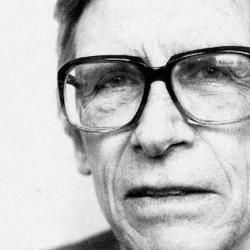David Janzen (Social Meanings of Sacrifice) follows other scholars in bringing attention to “the relation between sacrifice and the importance of order.” He cites Jon Levenson’s comment that God “acts like an Israelite priest in the act of separation (hbdyl) of the various categories of created things,” but then adds that “one could also say that the priests act like God in their role of ‘separating (hbdyl) between the hold and the profane and between the impure and the clean’” (113).
Mathryn McClymond agrees (Beyond Sacred Violence). Contesting the idea that violence is the central feature of sacrifice, she observes that in the Hebrew system “the manipulation of the blood and the distribution of various portions of the body are the distinguishing features of individual sacrifices. One distinguishes an ‘ola from a hatta’t based on blood manipulation and apportionment, not the slaughter procedures.” Slaughter needs to be joined to other actions to give a sacrifice its particular meaning and force: “These procedures taken together constitute Jewish sacrificial events. The slaughter of the animal victim helps accomplish the overall objectives of particular sacrifices only insofar as it is performed correctly along with earlier procedures, such as the offering’s selection, and subsequent procedures, such as the proper distribution of portions” (59).
Highlighting the proper distribution of meat and blood brings the connection with creation into relief: “Genesis 1 describes a six-day process in which YHWH creates the universe by differentiating one substance from another and setting those substances in orderly relationship with one another. Jonathan Klawans notes that Israelite sacrifice, more than being about destruction, is about imitatio Dei” (149). Sacrifice dismembers and reassembles, and so turns the formless and void into a teeming cosmos.











